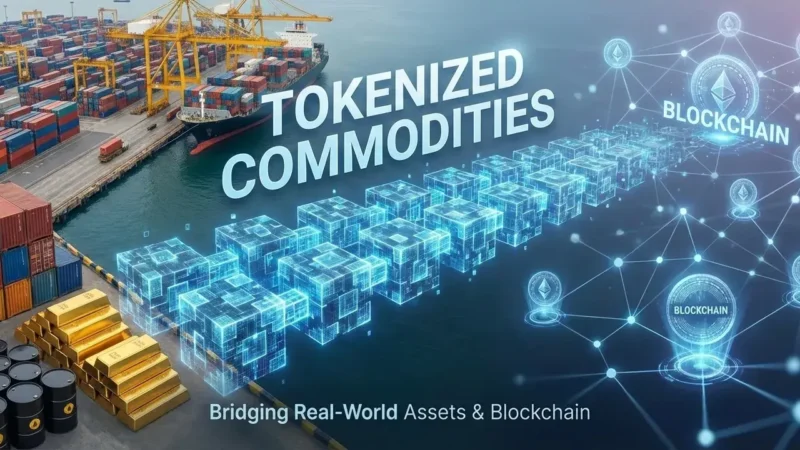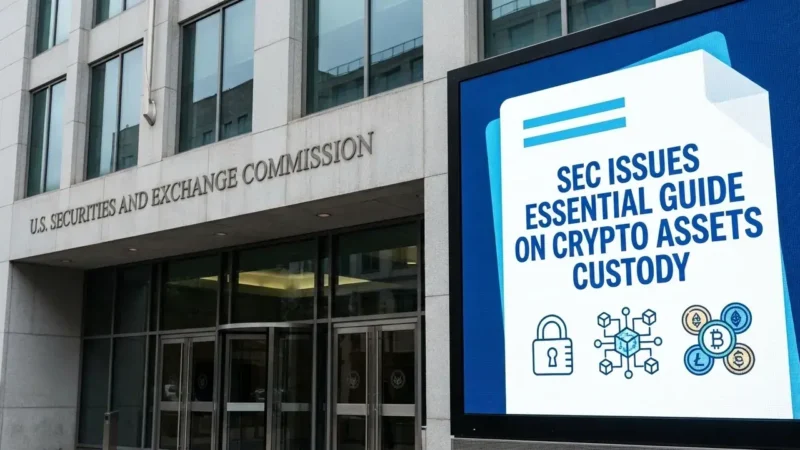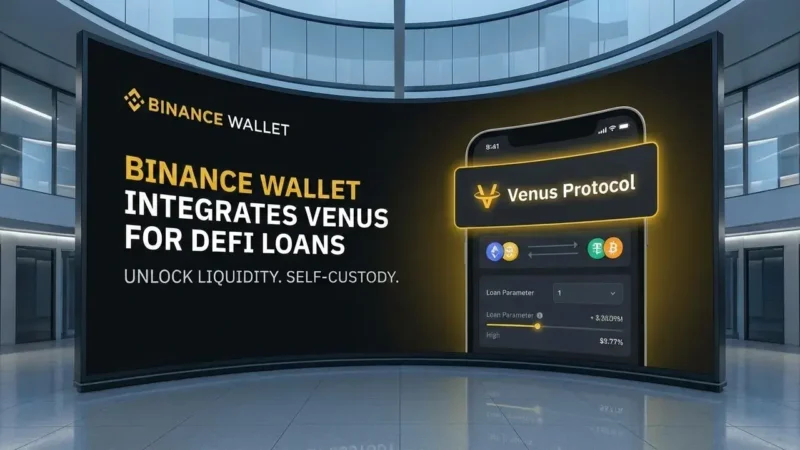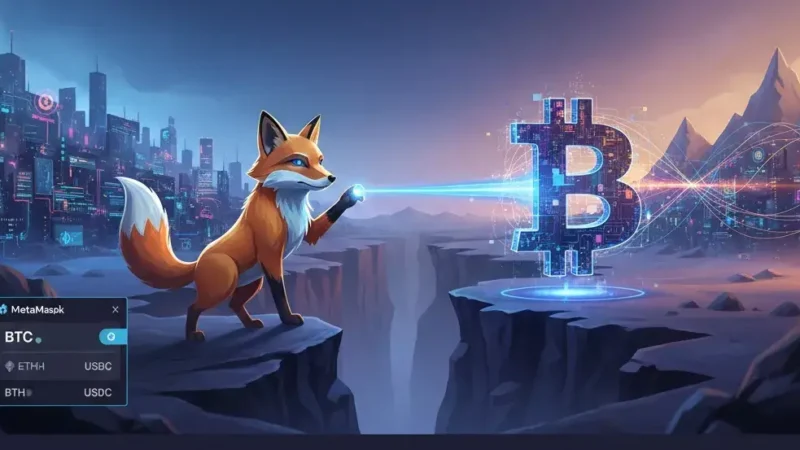Ripple’s ODL: Quietly Powering the Global Financial Transformation
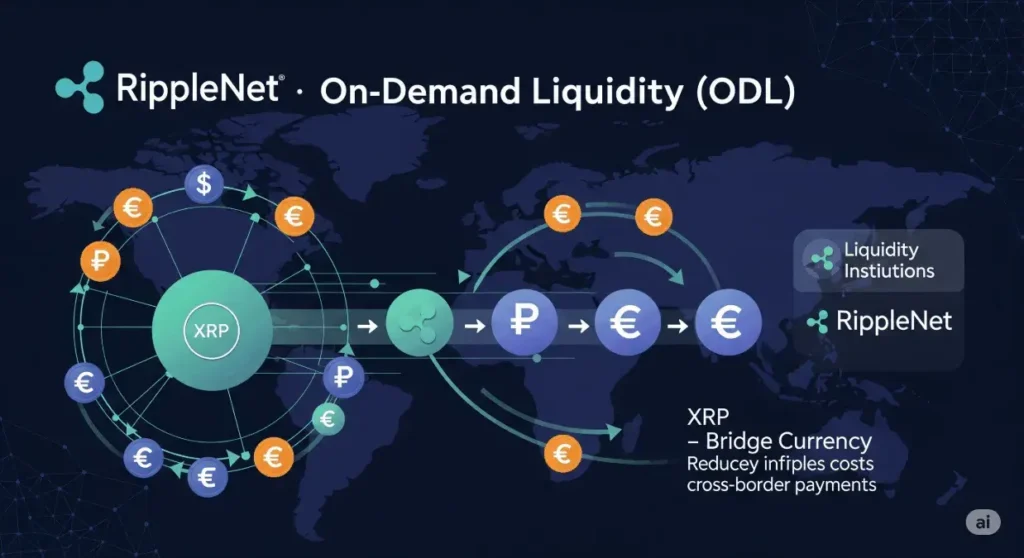
As legacy financial systems like SWIFT face growing inefficiencies and lagging interoperability, the blockchain-driven approach championed by Ripple is rapidly gaining ground. At the heart of this transition lies a powerful solution known as On-Demand Liquidity (ODL)—a technology leveraging XRP to radically reshape cross-border transactions and global liquidity dynamics.
Across continents—from Asia to Africa, the Middle East to Latin America—Ripple’s infrastructure is taking hold, laying the groundwork for a new financial era. With recent regulatory victories and institutional deployments, XRP’s role has evolved from a speculative digital asset to a critical piece of financial infrastructure.
Let’s dive into how Ripple’s XRP is silently but powerfully spearheading a tectonic shift in global finance.
From Cross-Border Bottlenecks to Seamless Settlement
In the current financial environment, traditional systems still rely on nostro-vostro accounts—pre-funded accounts held by correspondent banks in foreign currencies—to facilitate international payments. These systems are not only costly and slow but also ill-equipped for the demands of a 24/7 global economy.
Ripple’s solution? ODL.
By leveraging XRP as a neutral bridge currency, ODL eliminates the need for pre-funded accounts. This real-time settlement model enables faster, cheaper, and more efficient international transfers. Whether it’s a remittance to Manila, a real estate payment in Dubai, or trade financing in sub-Saharan Africa, XRP is making these transactions seamless.
Versan Aljarrah and the Black Swan Perspective
One of the most articulate advocates for XRP’s growing role in global finance is macro analyst Versan Aljarrah, also known as the Black Swan Capitalist. According to Aljarrah, XRP isn’t merely a cryptocurrency—it’s the backbone of a decentralized global financial infrastructure that is being built silently and deliberately.
His view emphasizes the organic, necessity-driven demand for XRP among institutions. Unlike many altcoins fueled by hype and speculative trading, XRP is gaining traction for a reason: it works where legacy systems fail.
Infrastructure in Action: Real-World Deployments
The evidence of Ripple’s progress is tangible. The company has rolled out its infrastructure in strategic regions, forging partnerships that are redefining how value moves across borders.
In Dubai, Ripple’s custody and settlement tools are now being used by the Dubai Land Department to manage tokenized real estate transactions. This is a milestone—not only for real estate but for how government agencies are embracing blockchain-based liquidity systems.
Meanwhile, regulators in Singapore, the European Union, and the UAE have greenlit Ripple’s operations, granting licenses and compliance approvals that open the door to even broader institutional use.
And perhaps most significantly, a U.S. federal court ruling determined that XRP is not a security, a decision that cements its legal status and removes a longstanding obstacle for American financial institutions.
XRP and the Tokenization Megatrend
Tokenization—the process of converting real-world assets into digital tokens on a blockchain—is emerging as one of the most powerful trends in finance. From real estate and carbon credits to stocks and government bonds, tokenized assets require a scalable, interoperable, and high-liquidity settlement layer.
Enter XRP.
Because XRP operates on a ledger built for speed and cost-efficiency, it’s ideal for tokenized environments where microsecond-level settlements are needed. ODL acts as the transfer layer, bridging fiat, tokens, and CBDCs (Central Bank Digital Currencies) with minimal friction.
This is especially critical as central banks around the world explore CBDC interoperability. Ripple’s CBDC Private Ledger, tested by several national banks, leverages XRP to support transactions between different sovereign digital currencies—all while maintaining compliance, security, and privacy.
Institutional Liquidity Needs: The $1 Trillion Opportunity
As the financial world shifts toward digital-native operations, the demand for liquidity at scale is exploding. According to Aljarrah, for XRP to support $1 trillion in daily settlement volume, approximately $100 billion in XRP liquidity must be available at all times.
Given XRP’s fixed total supply (100 billion tokens), this creates upward pressure on its valuation. Unlike fiat, which can be printed indefinitely, XRP’s scarcity ensures that growing usage equates to rising demand—and, potentially, a substantial increase in price.
This scenario is not merely theoretical. With banks, governments, and fintech providers increasingly utilizing ODL, XRP’s importance in real-time financial settlement is becoming difficult to ignore.
Ripple’s Strategic Expansion: Country by Country
Ripple’s success isn’t built on marketing buzz or viral campaigns. Instead, it’s a methodical rollout, built corridor by corridor, integrating deeply with local financial ecosystems.
In Asia, Ripple partners are addressing remittance corridors that move billions annually. In Africa, Ripple is helping leapfrog outdated systems and enable mobile-first banking. In Latin America, governments are experimenting with tokenized public assets. In the Middle East, Ripple is laying the rails for institutional-grade real estate tokenization and sovereign wealth flows.
Each implementation not only increases the adoption of ODL, but also entrenches XRP as a piece of global financial plumbing.
Regulation as a Catalyst, Not a Barrier
Compliance is often a sticking point for blockchain adoption—but Ripple has treated it as a springboard.
By securing licenses in key jurisdictions and aligning with AML/KYC frameworks, Ripple has removed one of the biggest barriers to institutional onboarding. The legal clarity in the U.S.—confirming that XRP is not a security—gives institutional players confidence that their usage of ODL will not expose them to regulatory penalties.
This is a sharp contrast to other crypto projects still mired in legal ambiguity, and it’s another reason XRP is becoming the first choice for banks and governments alike.
XRP as the Rails, Not Just the Token
What makes XRP unique is that it’s not merely a store of value or a speculative asset. It is infrastructure. It is the rails on which value can travel across borders, platforms, and institutions in real time.
Every new integration—whether it’s a national bank, fintech, or asset manager—expands the liquidity pool and strengthens the network effect. XRP’s utility isn’t defined by its market cap or trading volume but by the value it enables to move securely, transparently, and instantly.
As demand grows for tokenized assets, CBDCs, and real-time global payments, ODL and XRP stand ready to deliver on a scale unmatched by legacy systems.
Conclusion: From Digital Asset to Global Backbone
Ripple’s approach is quiet but deliberate. It’s not about making headlines—it’s about building a foundation. Through legal victories, global partnerships, and seamless integrations, XRP is becoming the unseen engine of a new financial era.
The age of nostro-vostro inefficiencies is coming to a close. In its place, a borderless, real-time, highly liquid financial network is rising—and at its center is Ripple’s XRP.
Stay informed, read the latest crypto news in real time!
As institutional needs evolve and tokenization becomes the norm, ODL will continue to lead the charge. The shift is already underway—country by country, system by system—and the smart money is paying attention.

